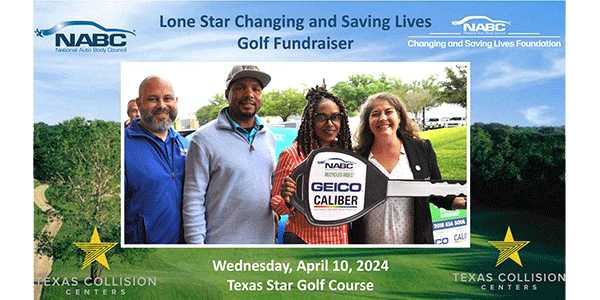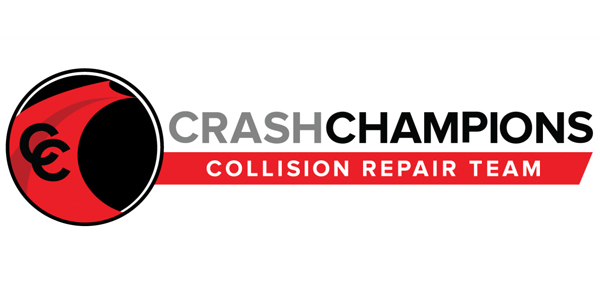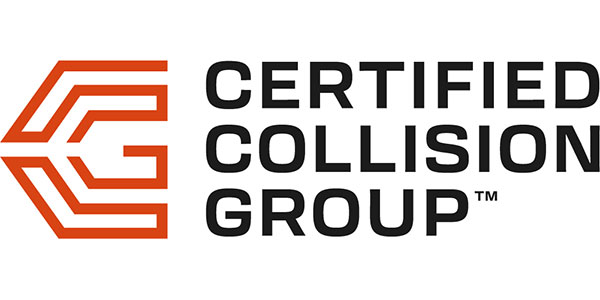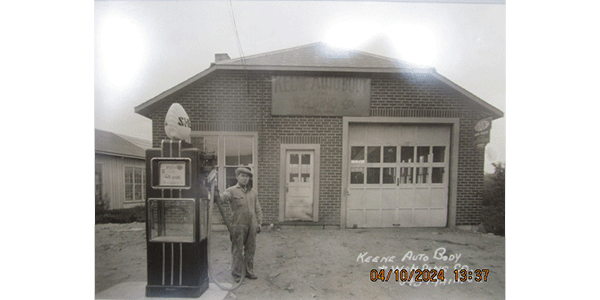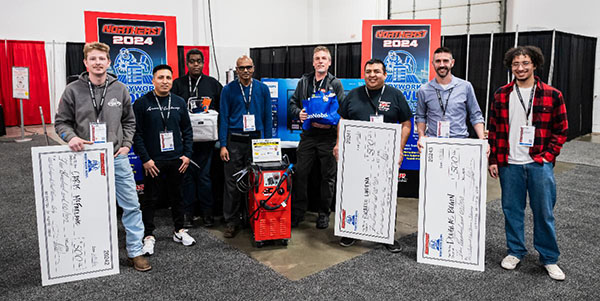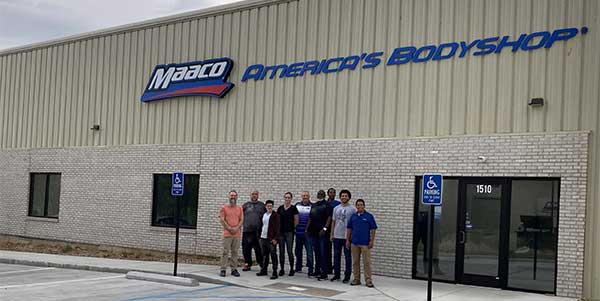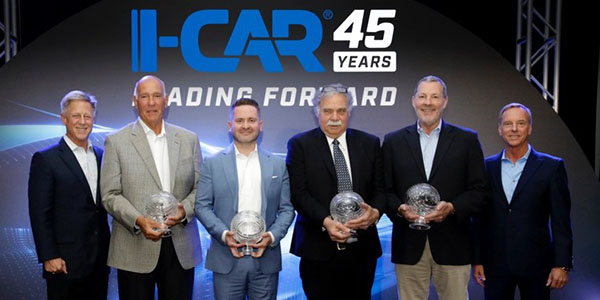
The May issue of Texas Automotive, available online at grecopublishing.com, features an interview with Marcia Seebachan about the aftermath of her and her husband’s near-fatal 2013 accident and a $42 million verdict against John Eagle Collision Center in Dallas, Texas.
In addition to experiencing frequent pelvic pain and ocular migraines, Marcia now has a stent in her aorta that needs to be assessed by a vascular surgeon on a regular basis. She was still in her late 20s when the crash took place. Matthew, who was 33 years old and employed at a pharmacy prior to the crash, will likely never work again due to the severe extent of his injuries.
“My husband will always be in pain,” Marcia says. “We often get asked, ‘Has it gotten better? Will it get better?’ It’s not reasonable to assume it will. There’s a certain degree of pain that will always exist with the repair to his burns and the nerves involved in that…[He] has a lot of cognitive stuff related to all the medications he’s taken. He just can’t function on the same level as he could before.”
While the $42 million verdict grabbed headlines, nothing will ever come close to compensating the Seebachans for the realities they now face.
“After our trial, we had friends ask us, ‘Does this type of jury judgment make it worth it?’ We said, ‘Absolutely not.’ There’s no value that we could have put on having our marriage changed and having Matthew lose the purpose that he had in life.”
After all the Seebachans have been through in recent times, Marcia has a clear message to send to her fellow consumers in Texas and beyond.
“Feel empowered to ask questions of everyone involved – the insurance company, repair shops and previous owners. We started this much less informed than we are now about how the industry works and how much information we are entitled to when we purchase a car. I would really encourage people to ask more questions and not to trust that if someone hasn’t told you an answer, there are good intentions across the board and that you would be told or know if something was wrong.”
Marcia also urges shops to do all they can to educate their customers and involve them in the repair process.
“If you’re a shop that wants to do things correctly, take that opportunity to educate the consumer as to why that’s important and why it matters – even if your estimate is going to be higher. Explain why so that a consumer knows there’s a difference between you and the shop down the road, which might offer a lower estimate but not explain that the reason is because they are finding ways to have your vehicle aesthetically returned to normal but maybe not functionally.”
The complete interview is available in the May issue of Texas Automotive at grecopublishing.com.


